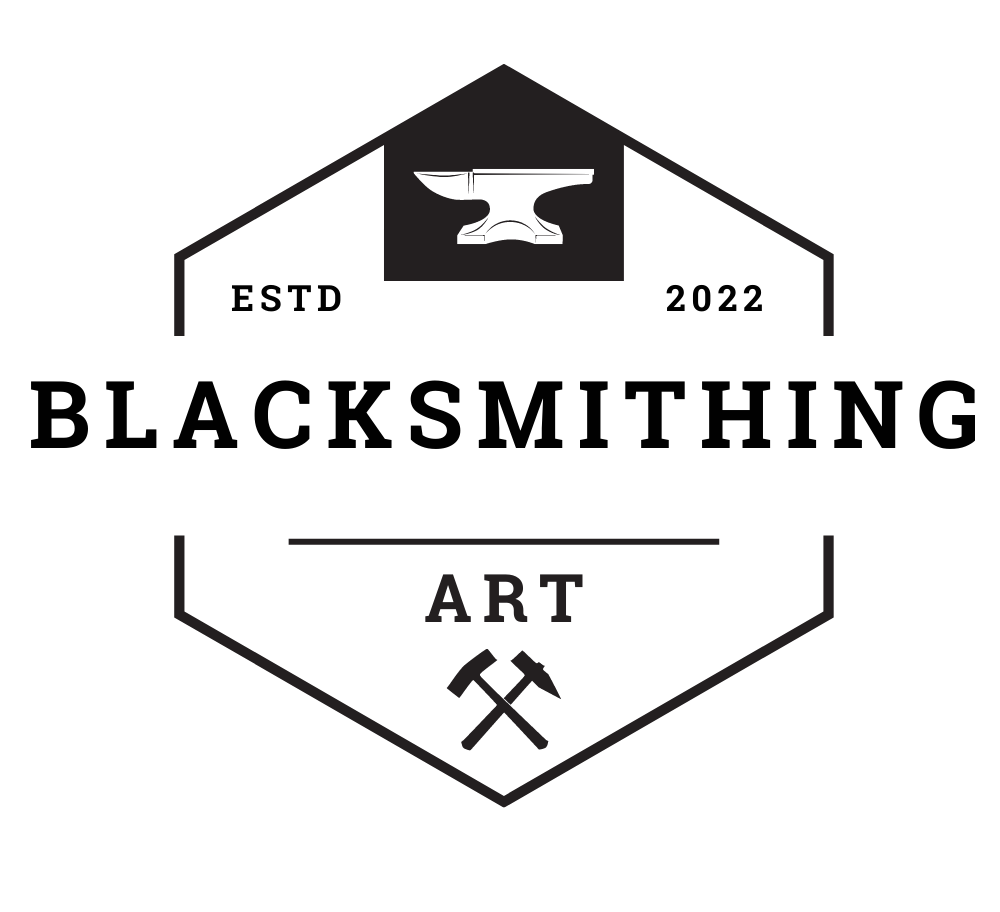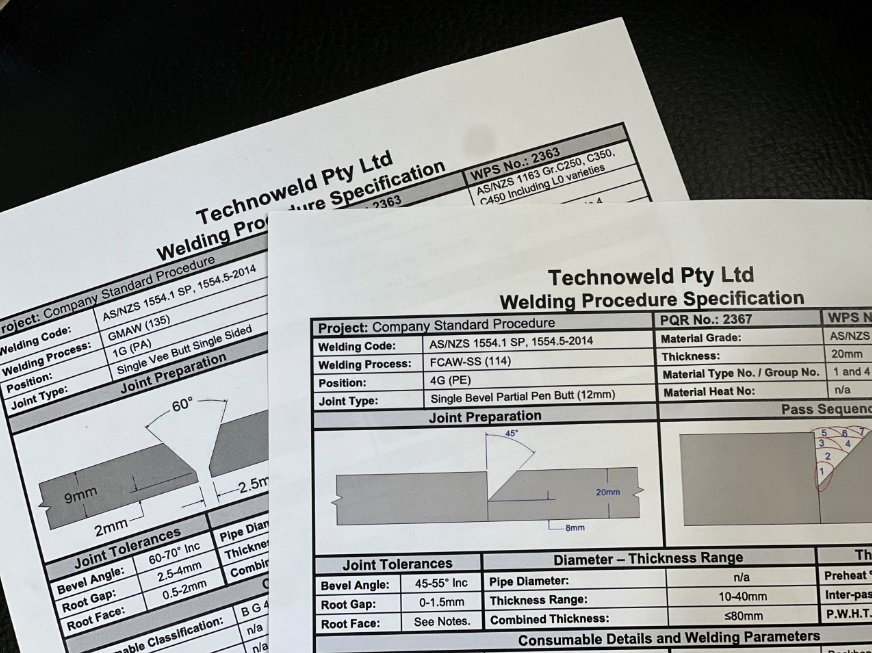Welding is a critical process in manufacturing, construction, and other industries that require joining metals. A welding procedure specification (WPS) is a written document that outlines the welding operation and procedures required to produce a high-quality weld.
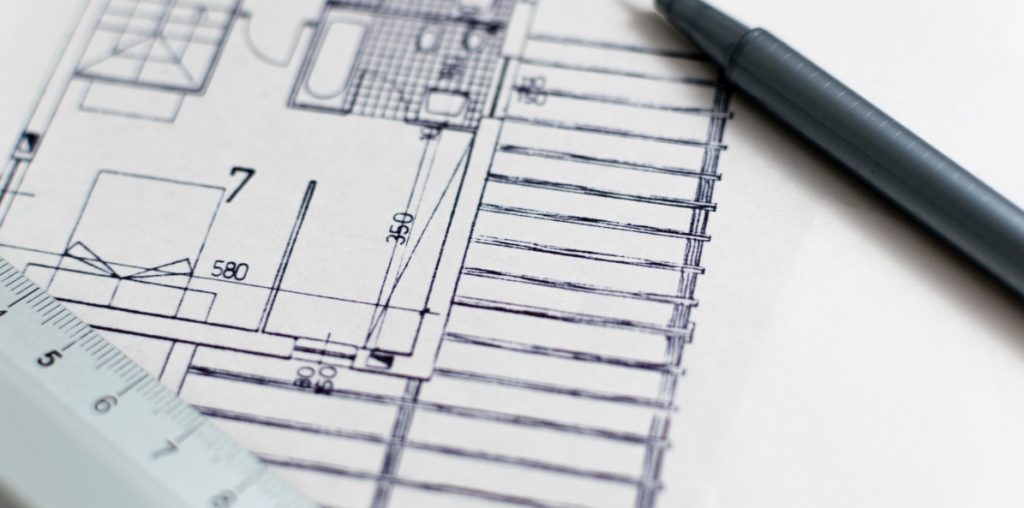
Welding specifications ensure that welds are performed to the requested standards and that the welding operation is repeatable and consistent. Welding procedure specifications include details such as the welding procedure. The filler metals, required welding variables, pre and post-weld heat treatment, and joint design are also included.

Before a welding procedure specification is created, a preliminary welding procedure specification is drafted, which outlines the proposed welding operations and variables. This is then followed by the welding operation qualification, where test coupons are welded and subjected to testing.
It is necessary to guarantee that the welding operations meet the required code requirements. Once the welding operations have been qualified, a qualified WPS is produced that can be used by welding operators to perform the desired weld. Welding operation specifications are essential in ensuring quality welds and preventing costly mistakes.

The WPS outlines the necessary parameters for the operator of welding to follow. It includes electrical characteristics, material grouping, supplementary essential variables, and other welding variables.
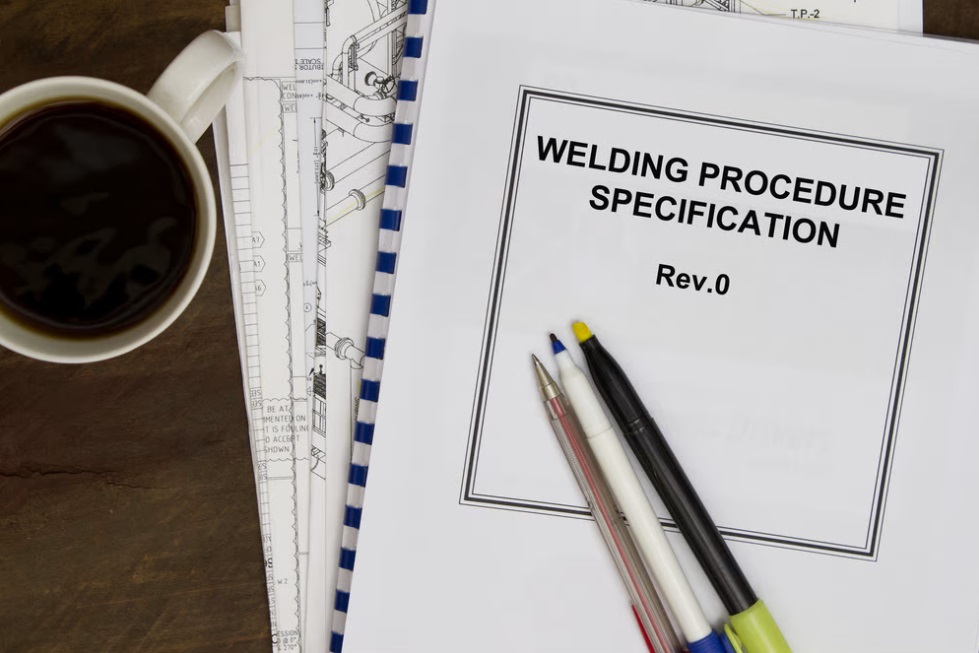
This article explores the various aspects of welding specifications, including the welding codes and standards, welding inspection, and the role of the welding operator in ensuring quality welds.
It is important to read a guide to understanding welding procedure specification and instruct workers to maintain the best results, espacially if a company welds rebars and makes floor slabs, foundations, etc.

Contents
Components of a welding procedure specification (WPS)
A Welding Procedure Specification (WPS) is a written document that outlines the welding procedures to be used for a specific welding application. It is a vital component of any welding operation as it establishes the guidelines and procedures that ensure the weldments produced are of the highest quality.
The welding operation specification describes the welding processes, welding codes, base materials, filler metals, and welding types utilized to produce a weldment. The preliminary welding procedure specification is an important part of the welding procedure specification.

It defines the essential variables of the welding operation that must be controlled to produce sound welds. These variables may include welding parameters such as voltage, amperage, and travel speed, as well as the type and condition of the base material and metal. The list of general rules:
- The welding procedure specification is developed by a competent welding engineer or welding specialist.
- These specialists have knowledge and expertise in the welding operation being used.
- The specification must also comply with relevant industry standards, weld codes, and regulations.
- The procedure specification is then reviewed and approved by a qualified person.
- This person has the authority to accept or reject the document.
- Welding operators and other personnel who will be involved in the weld operation must be trained on the weld procedure specification before commencing work. This ensures that they have a clear understanding of the requirements, procedures, and limitations outlined in the document.
The prequalified WPS is a standardized weld procedure specification that has been approved by a recognized body, such as the American Welding Society (AWS). The procedure qualification record (PQR) is an essential document that verifies the weldment operation specification’s suitability for a particular weld application.
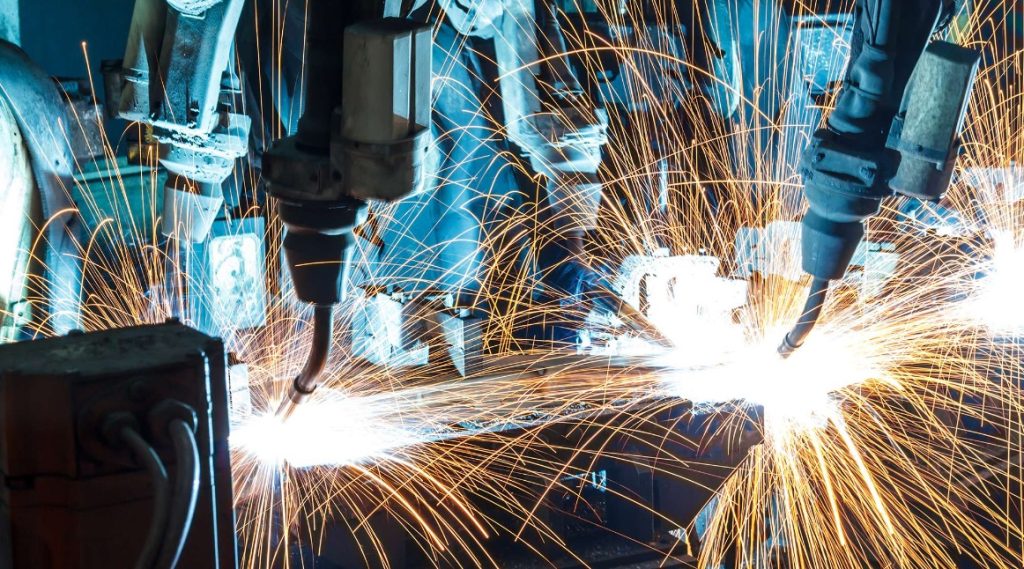
The PQR describes the results of the destructive testing performed on a test coupon that has been welded using the weld operation specified in the WPS. Other important information:
- The test coupon is subjected to rigorous testing to verify that the weldment is produced.
- It utilizes the weld procedure specification to meet the acceptance criteria specified in the applicable welding code or standard.
- The welding procedure specification is a critical component of any weld operation.
- It is a written document that outlines the weld processes, materials, and parameters used to produce sound welds.
- The preliminary WPS defines the essential variables of the weld operation that must be controlled to ensure quality welds.
- Welding operators and other personnel must be trained on the weld procedure specification before commencing work.
The prequalified WPS is a standardized weld operation specification that has been approved by a recognized body.
The PQR is an essential document that verifies the weld procedure specification’s suitability for a particular weld application.

Qualification and inspection of welding procedure specification (WPS)
To ensure the quality of welded joints, it is important to qualify and inspect the weld procedure specification (WPS).

Qualification involves testing the procedure to ensure that it produces acceptable welds. The testing operation involves selecting a representative joint configuration, preparing test specimens, weldment them according to the WPS, and then testing the specimens for various mechanical properties. The testing may also involve radiography, ultrasonic testing, and other non-destructive testing methods to check for any internal defects.

One of the essential variables of a WPS is the type of weld, which can include shielded metal arc welding, gas tungsten arc weldment, and gas metal arc weldment, among others.
Another important variable is the base material being welded. Different materials, such as aluminum, steel, and titanium, require different weld procedures and techniques.
The thickness of the base material is also an essential variable to consider as it can impact the weld operation and the strength of the final weld.
The WPS must also specify the material alloy being used and any metal that will be added during the weld operation. The correct selection of the metal is critical as it affects the mechanical properties of the weld and can impact the final product’s integrity.
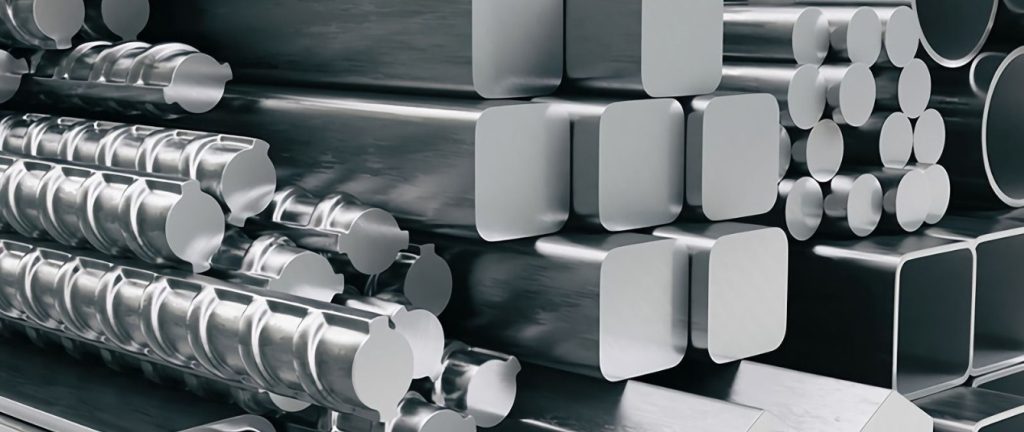
The weld operation specification should also consider environmental factors, such as temperature, humidity, and other conditions that may affect the weld process. Any changes to the essential variable of the WPS require requalification of the procedure to ensure that it still produces acceptable welds.
Inspection of the welded joints is also critical to ensure that they meet the required standards and specifications. The inspection process can involve visual inspection, dye penetrant testing, magnetic particle testing, and other non-destructive testing methods to check for any surface or subsurface defects. Qualifying and inspecting the weld operation specification is essential to ensure the quality and integrity of the welded joints.
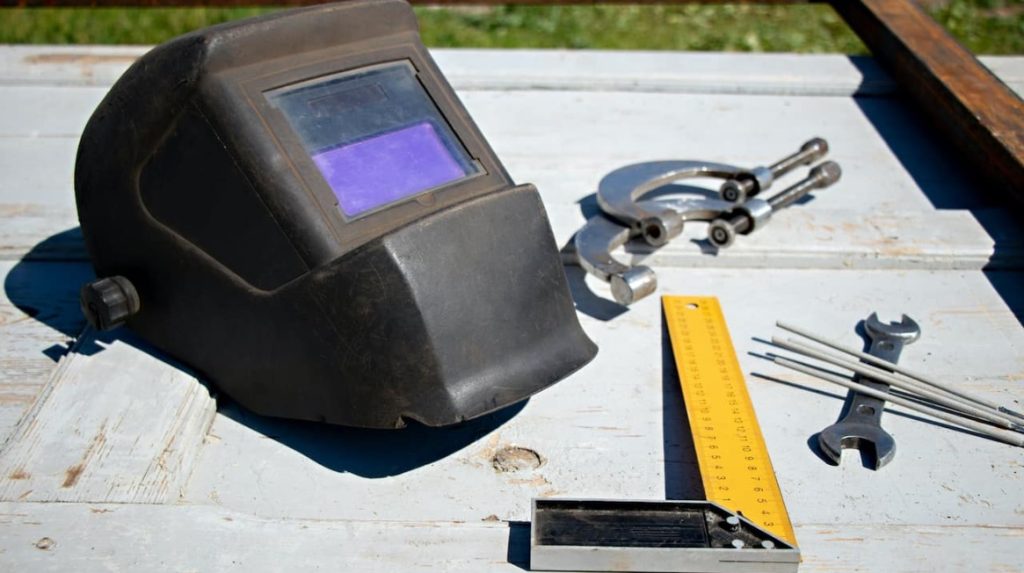
By considering the essential variable and environmental factors, selecting the correct base materials, filler metal, and welding type, and inspecting the welded joints, the WPS can produce acceptable welds that meet the required standards and specifications.
The importance of Welding Procedure Specification lies in its ability to ensure quality, consistency, and safety in welding. It provides a standard for welding processes and the essential variables required to achieve the desired outcome.
A properly developed WPS can minimize the risk of defects and failure, reduce production costs, and increase productivity.
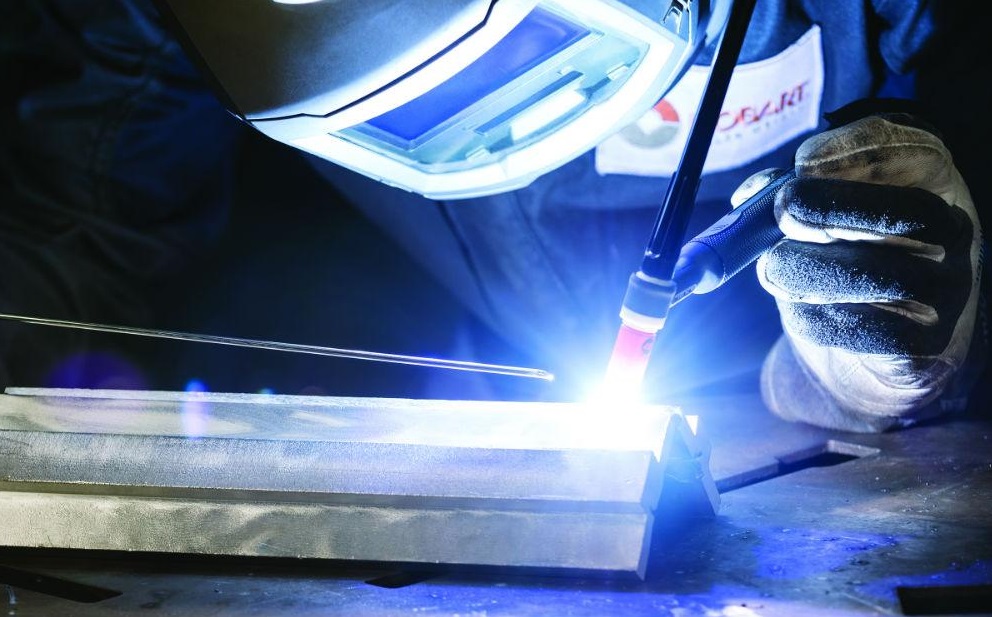
Additionally, the welding procedure qualification process ensures that the weld procedures meet the required standards. The welders are qualified to perform the welding operations, thus providing confidence to the end users.
Conclusion
A welding procedure specification is a crucial document that outlines the steps and requirements for a particular welding operation. It provides the necessary guidance to ensure that the weld is carried out with the correct procedures, equipment, and materials.
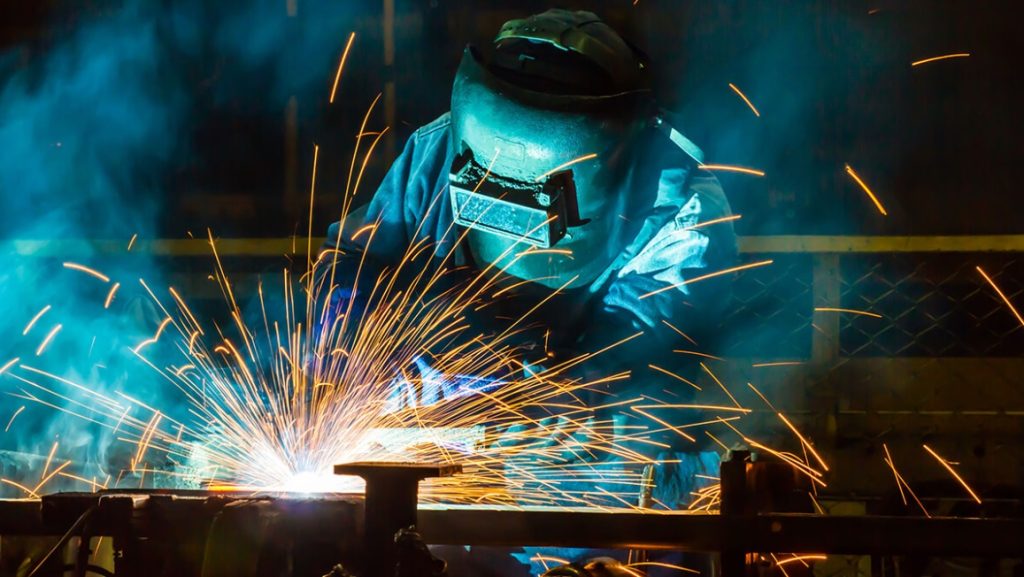
The essential variable that affects the welding process must also be considered, as they can significantly impact the quality and strength of the finished weld. A well-written welding procedure specification can ensure that the welding process is safe, efficient, and meets the requirements of industry standards and regulations.
Welding professionals need to understand the importance of welding specifications and follow them carefully to produce quality welds.
FAQ
What is standard welding procedure specification?
A standard welding procedure specification (SWPS) is a document that outlines the detailed welding procedure to be used for a specific welding application, including the materials to be welded, the welding techniques to be employed, and the quality control measures required.
What are the 5 essentials for proper welding procedures?
The five essentials for proper welding procedures are preheating, joint design, welding technique, welding position, and post-weld heat treatment.
These factors must be carefully considered to ensure a successful welding operation.
What is ASME standard Welding Procedure Specification?
The ASME standard Welding Procedure Specification (WPS) is a set of guidelines and procedures for the creation and implementation of a welding procedure.
This standard ensures that the welding process is performed consistently and reliably, meeting the required quality and safety standards.
What is the difference between PQR and WPS?
The major distinction between a procedure qualification record (PQR) and a welding procedure specification (WPS) is that a PQR is utilized to qualify a welding procedure while a WPS outlines the specific steps for a welding operation.
A PQR documents the testing and results of a specific welding procedure while a WPS is used to guide the welder in performing the specific welding procedure outlined in the document.
